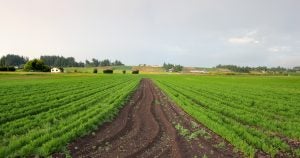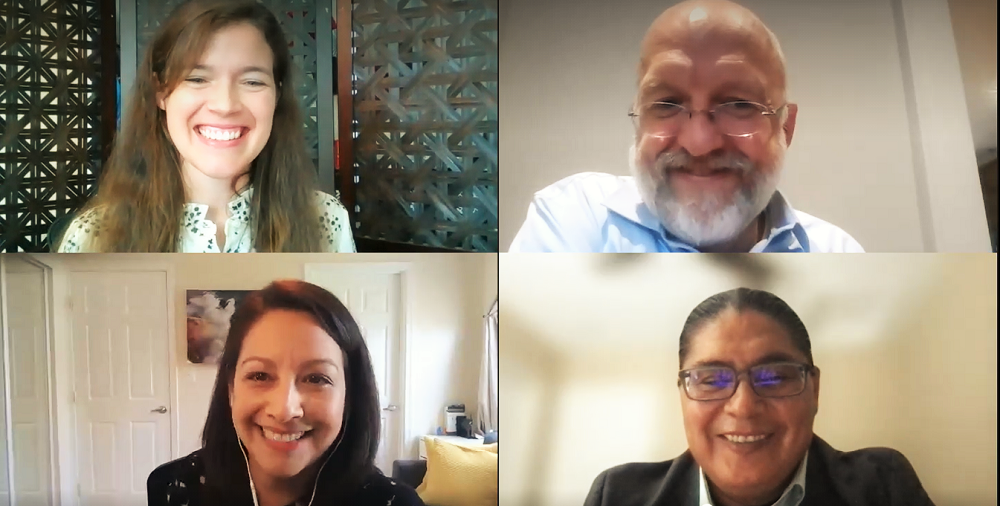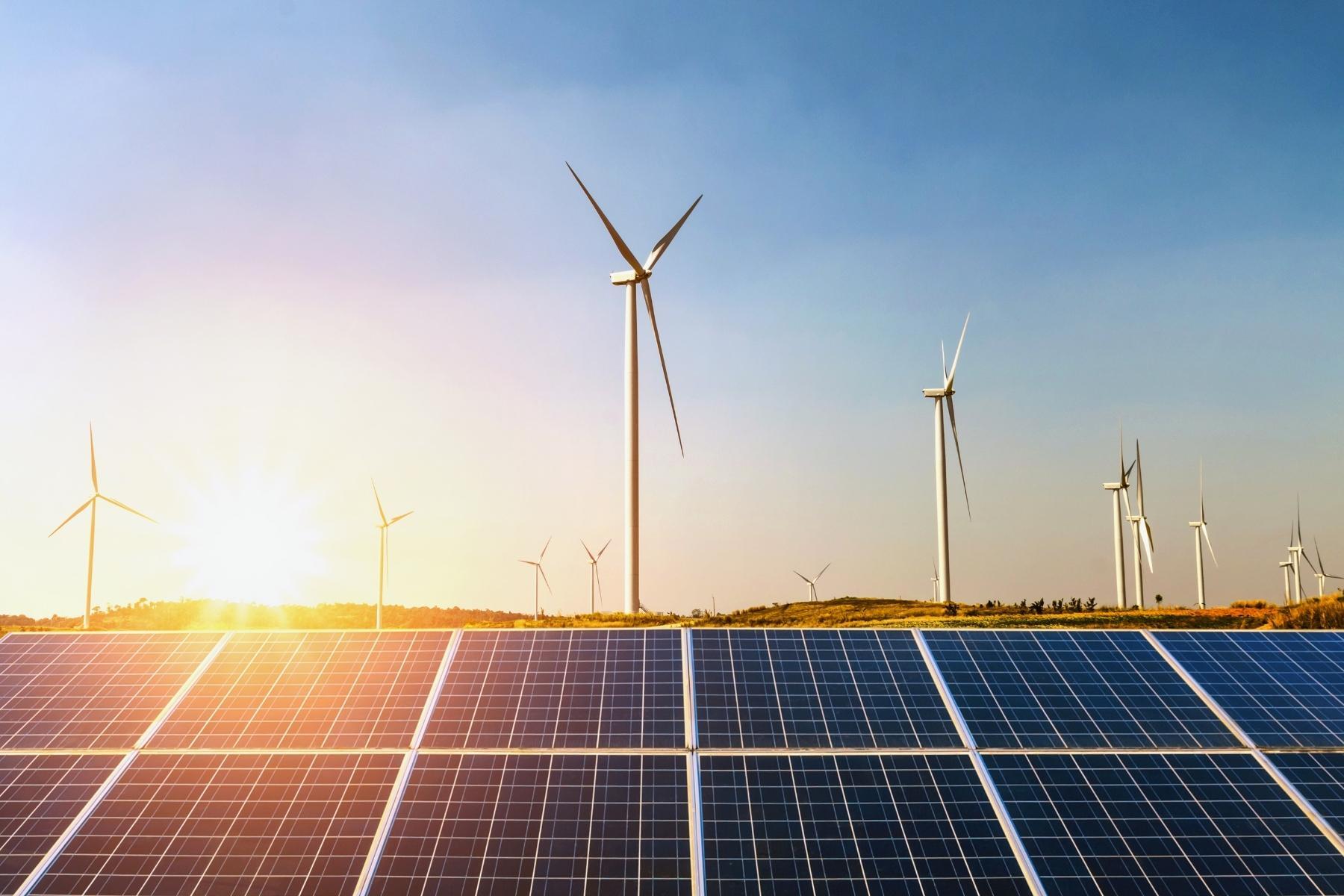
3 ways to include rural communities in emerging climate solutions
Rural communities across the United States are extraordinarily diverse, all experiencing a wide variety of landscapes, cultural identities and ways of life. But many express common concerns — they are watching their populations deplete as the country urbanizes, their economic systems are becoming more perilous, and there is a feeling of being left behind as the rest of the country moves towards new solutions that are not designed for their reality — including climate solutions. Despite being essential stakeholders in climate solutions, rural communities are often excluded from the conversation around their deployment.
As we continue to transition to cleaner forms of energy and as recent Infrastructure Investment and Jobs Act and Inflation Reduction Act investments begin to roll out, there will be a need for the development and deployment of energy technologies at a scale we haven’t seen before now. To ensure that all communities have the resources and support they need to mitigate the impacts of climate change, it is important for governments and other organizations to include rural communities in their work.
The Rural Vision for Climate Innovation project set out to learn about rural attitudes and perceptions of climate innovation through 30 stakeholder interviews with ‘grasstop’ leaders and regional focus groups. We wanted to understand how rural Americans view climate investments and invite them to tell us how they want these solutions to show up in their communities.
Here are three main takeaways from the project:
Find shared language
Contrary to common perception among many climate advocates, there is a growing recognition of the impacts of climate change among rural communities; however, language can often be a barrier. These communities describe the problem of climate change using language that can be very distinct from the language used by climate and environmental advocates. Rural Americans describe their climate challenges in terms of short-term weather changes that affect their day to day lives. For example, an interviewee who works in Virginia commented “I see these plants blooming earlier than they did in the past.”
Rural stakeholders also tend to describe climate solutions in terms of infrastructure, resilience and union jobs. Climate advocates, on the other hand, tend to talk about anthropogenic emissions, global temperature changes and clean energy technologies. While both groups are speaking to the same problems, it is important to learn to speak one another’s language, to form partnerships to solve our shared challenges. Climate impacts are local, therefore proposed climate solutions and policy conversations should honor local needs and desires. Rural Americans have robust local knowledge and expertise on their landscape, and this should be factored into climate decision-making.
Focus on today’s problems first
Clean energy innovation and technology sometimes feels out of touch with the needs and economic realities of rural communities. There is also a perception that rural communities will likely shoulder the financial and environmental burden of the development and deployment of these technologies, while urban and suburban communities enjoy the benefits in the form of lower utility bills, access to public transportation, and cleaner air and water. Rural Americans also want these benefits coupled with other concrete investments in better roads, schools and hospitals.
While rural communities realize that climate change is a threat to their way of life, they are looking for solutions that would address today’s problems first. Rural Americans want to see how technology will address problems such as wildfires, floods, droughts and habitat loss. While most clean energy solutions may not provide immediate reprieve from exposure to these climate impacts, efforts must be made to make the connection between those technologies and how they might address those challenges in the near future.
Rural Americans are also motivated by improvements in their general well-being. Clean energy innovation and technology advocates should be making these connections of how climate innovation will improve overall quality of life in these communities.
Prioritize resilience and sustained economic opportunities
Rural communities want to prioritize climate innovation that builds resilience and adaptability to current climate change impacts. At present, communities feel they can only be reactionary and cannot begin thinking about solutions beyond responding to the next extreme weather problem. Many rural communities also need capacity assistance for resiliency planning.
For rural America, innovative solutions will largely encompass climate adaptation in the short term. For example, agricultural and financial innovation that could help adapt to changes in crop yield could be transformative for some communities. Rural communities would like to see climate investments that can help rural economies, but they want those investments to provide sustained economic opportunities. They realize that one-time investments and one-off job opportunities will not build prosperity in their communities.
Want to learn more? Read the full report.












